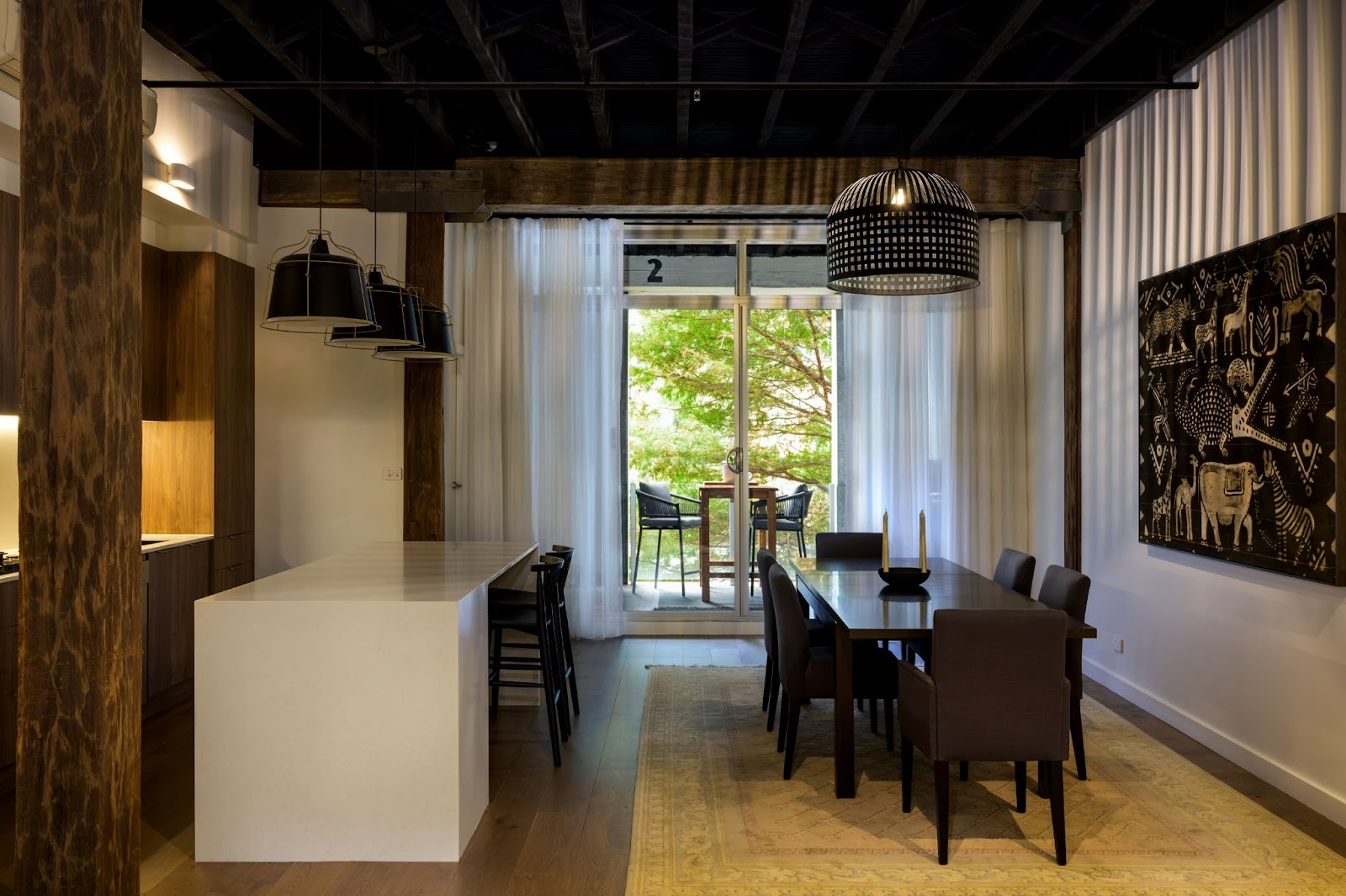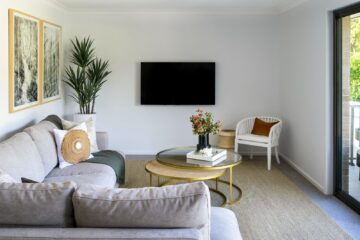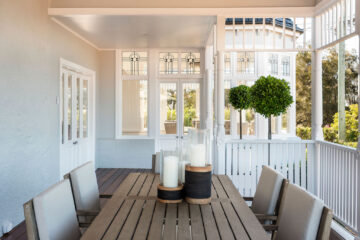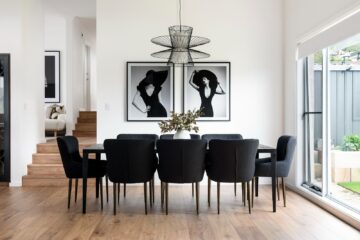The right colour palette can transform your home, creating a harmonious and inviting space that reflects your personal style. Choosing the perfect colours for your home may seem like a daunting task, but with a little guidance, you can create a cohesive and stunning interior that suits your taste and enhances your living experience. In this article, we’ll explore the key considerations and expert tips to help you select the ideal colour palette for your home.
1. Understand the Psychology of Colours:
Colours have a powerful effect on our emotions and can significantly impact the mood and atmosphere of a room. Before diving into the world of colour options, it’s essential to understand the psychology behind different colours. For example, cool blues and greens promote relaxation and tranquillity, while vibrant yellows and oranges add energy and enthusiasm. Consider the mood you want to create in each room and choose colours accordingly.
2. Assess Your Existing Space:
Take a close look at your home’s architecture, natural lighting, and existing elements such as furniture, flooring, and fixtures. These elements can serve as a starting point for choosing your colour palette. Determine whether you want to complement or contrast these existing elements. For instance, if you have warm-toned wooden floors, consider cool-toned colours to create a pleasing balance.
3. Identify Your Preferred Colour Scheme:
Colour schemes can vary widely, and finding the right one for your home is a personal choice. Here are a few popular options to consider:
a. Monochromatic: This scheme involves using various shades of a single colour. It creates a sense of depth and elegance, perfect for a contemporary or minimalist aesthetic.
b. Analogous: In this scheme, you choose colours that are adjacent to each other on the colour wheel. It creates a cohesive look and is commonly used in rooms where a relaxed and soothing atmosphere is desired.
c. Complementary: This scheme involves selecting colours that are opposite each other on the colour wheel. It creates a vibrant and dynamic look, ideal for spaces where you want to make a bold statement.
d. Triadic: This scheme uses three evenly spaced colours on the colour wheel. It offers a balanced and visually striking palette, suitable for those who want to experiment with colour but maintain harmony.
4. Consider Room Function and Size:
Different rooms have different purposes and sizes, and your colour choices should align with their functions. Lighter colours make smaller rooms appear more spacious, while darker colours can add warmth and coziness to larger rooms. Additionally, consider the purpose of each room. For example, serene blues and greens are well-suited for bedrooms, while vibrant colours like red or yellow can energize a kitchen or dining area.
5. Test Before You Commit:
Before committing to a particular colour palette, it’s crucial to test your chosen colours in the actual space. Paint sample swatches on the walls and observes how they look under different lighting conditions throughout the day. Natural and artificial lighting can significantly influence how colours appear, so it’s essential to evaluate them in your home’s specific environment.
6. Seek Inspiration:
Gather inspiration from various sources to discover new colour combinations and design ideas. Browse interior design magazines, visit websites, and explore social media platforms like Pinterest or Instagram. Create mood boards or save images of rooms that resonate with your desired aesthetic. This process will help you refine your vision and guide you in choosing the perfect colour palette.
Conclusion:
Choosing the right colour palette for your home is an exciting journey that allows you to express your creativity and create a space that reflects your personality. By understanding the psychology of colours, assessing your existing space, and considering factors such as colour schemes, room function, and size, you can confidently select a colour palette that enhances your home’s beauty and ambience. Remember to experiment, seek inspiration, and test colours before making a final decision. With these expert tips, you’ll be well on your way to creating a visually stunning and harmonious home environment.




